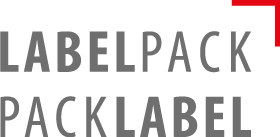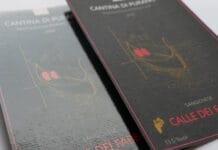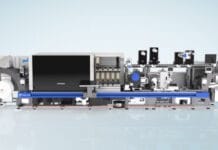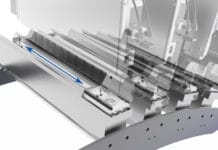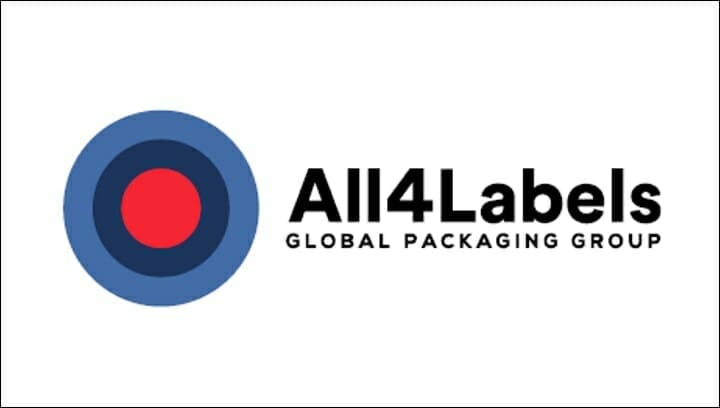Dieter Finna · pack-consult.org · (For a German version click here).
In an environment of changing markets and technologies, adaptability is becoming a key requirement for modern machine systems. A future-oriented machine concept impresses with its flexibility to seamlessly integrate additional printing and finishing modules when changing market conditions require it.
How will the market develop and what requirements will my customers have in the future? Which machine system – analog, digital or hybrid – and which machine configuration is required to meet these demands?
Converters can answer such fundamental questions much more easily, before making an investment, if they can be confident that the system they choose – whether analog or digital – is sufficiently flexible to adapt to changing market conditions at any time.
With »System to Compose«, Gallus presents a platform that is geared towards precisely this dynamic flexibility. It is based on the modular system of the Gallus Labelmaster, which forms the platform for the Gallus One digital printing system. Within this system, the Gallus One can be expanded into a hybrid system by adding analog modules. Conversely, an existing Gallus Labelmaster can be converted into a hybrid machine by adding a digital printing unit (DPU).
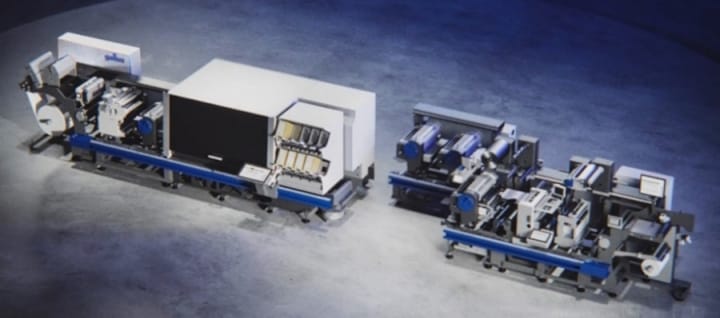
Available options
The modular structure of the »System to Compose« offers very flexible expansion options. In addition to the integration of the digital printing unit with up to five inkjet colors (CMYK + white), there is also the option to expand the color space with orange and violet. The digital printing unit is now also available in a print width of 430 mm, in addition to the previous standard width of 340 mm.
The system’s analog expansion options include flexo and screen printing units for white pre-printing, spot color printing and varnishing. Units for cold foiling and lamination can also be added. It is also possible to retrofit the Gallus One with a fully or semi-rotary die-cutter, which enables finishing in a single production step.

Scalability with high automation
The advanced level of flexibility in the expansion options of the modular system is made possible by the highly automated individual components. The standardized Human Machine Interface (HMI) is prepared in terms of hardware so that it takes over the control of the added modules after a software update and fully integrates conventional and digital processes. As a result, the operator receives all relevant information on the current status of the machine system directly and clearly on the display and can control and regulate it from there.
In makeready mode, the analog printing units set the register automatically as soon as the register marks are in the catching area, which enables a quick setup and contributes significantly to avoiding waste. In production mode, permanent register control and regulation of the analog printing units is carried out automatically as usual, for example by the »Web-to-Web« control system. Sensors detect the distance between the specially designed register marks and react very precisely and quickly to deviations in the print image/register, that may occur, for example, due to substrate tolerances.
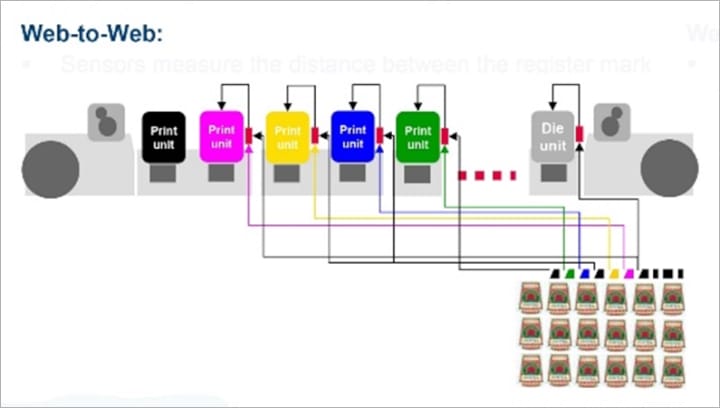
In the digital printing unit, the proprietary »Vision« image processing system uses a camera system to control various central machine functions. These include automatic register setting, which is triggered by the operator at the push of a button and precisely superimposes the individual colors.
At the same time, the high-resolution camera performs essential quality assurance tasks. It detects missing nozzles and density variations (density unevenness) in solids. Compensating for these sources of error, the Vision System prevents white lines in the printed image and rainbow effects that could cause color deviations in print areas.
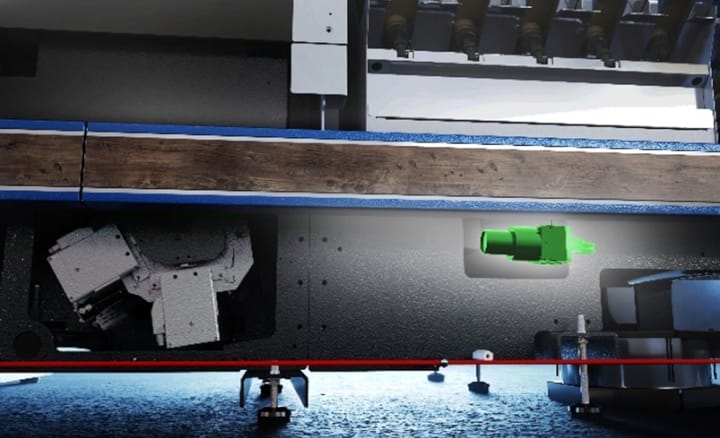
Low ink consumption
The Gallus One’s low ink consumption is considered an innovation. This is made possible by a needs-based combination of basic and ultrasonic cleaning. Both cleaning modes are contact-free and only take place on the outside of the print heads, so no ink is needed to flush the nozzles. Gallus states that ink savings are up to 20%.
»System to Compose« expandable by:
♦ Digital printing unit DPU with 5 colors CMYK +White.
♦ Color space extension DPU with Orange and Violet.
♦ Flexo printing units.
♦ Screen printing units.
♦ Cold foiling unit.
♦ Laminating unit.
♦ Rotary and semi-rotary die-cutting.
Machine technology that grows with you
Changes in the market can always result in the need to adapt the machine. If a converter’s product portfolio today consists mainly of short runs of four-color labels that are printed digitally with short delivery times, this will change with an increase in orders that include embellishment steps. Adapting to such a premium segment makes it sensible to expand the machine technology. In the case of the Gallus One, the system can be retrofitted with flexographic printing units, cold foil, screen printing units and a die cutter. Equipped in this way, jobs in the premium segment can also be produced very efficiently and cost-effectively in a single work step.
If production is based on a conventional production method and the product portfolio develops over time into orders with shorter production cycles and more language or color versions, this is an argument for adding a digital printing unit to the conventional machine technology. Such a hybrid machine is then the more efficient solution compared to analog production, which requires many plate changes. In the hybrid solution, solids and spot colors continue to be printed conventionally at low cost, while the variable elements are implemented digitally.
Process variability in day-to-day business
The Gallus »System to Compose« has practical advantages not only when it comes to adapting to changing job structures, but also in day-to-day business, bringing a high level of efficiency to the production process. The ability to swap flexographic and screen-printing units in the sequence of the machine system means that a converter does not need to invest in four screen-printing units, for example, if the job situation requires two screen-printing units upstream of the digital printing unit for one job and two screen-printing units downstream of the digital printing unit for other jobs. Thanks to the option of swapping printing units for screen-printing units, he can position the screen-printing units individually for each job, either two upstream or two downstream.
The same variation options exist for flexographic printing units. While a machine with a fixed printing unit constellation provides the solution for processing complex jobs in two work steps, a process-variable machine and swapping the units allows such jobs to be produced in a single production step.
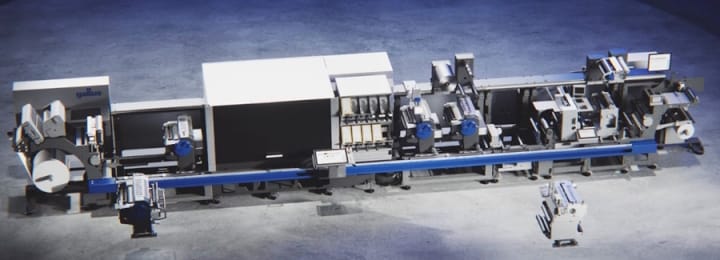
Economic Efficiency
In label printing, companies have machinery that is individually tailored to their order structure. When markets and product portfolio requirements change, existing machine configurations must be adapted accordingly. A TCO (Total Cost of Ownership) calculator can be used to determine whether and which investments in new machines represent the optimum solution. This provides precise information on which machine configuration – taking into account the specific acquisition and operating costs – offers the greatest cost-effectiveness for a particular order structure. For example, it is possible to determine whether it makes sense to invest in an additional flexographic printing unit for a Gallus One to print white in flexo instead of digitally. A direct comparison clearly shows when the number and length of jobs justify such an investment.
In today’s world, the flexibility of a machine platform is not just an option. It is the basis and therefore a key criterion for the future viability of a machine system. Its flexibility enables converters to react and adapt quickly to market developments and changes. This flexibility enables companies to continue to develop competitively.
